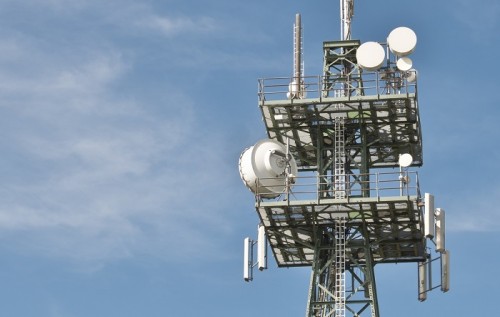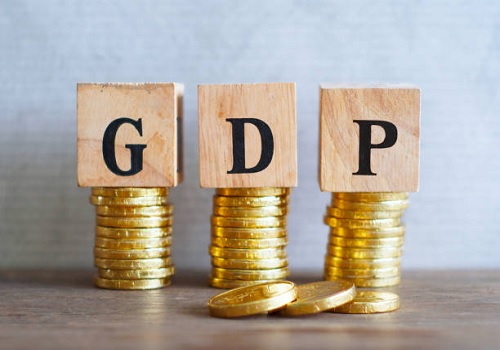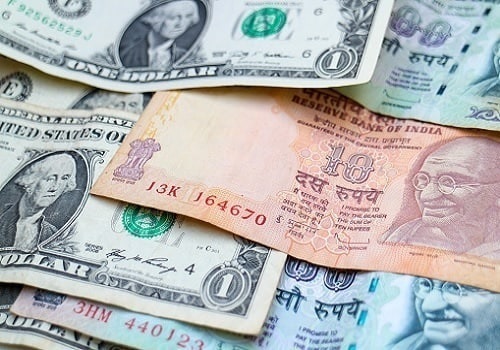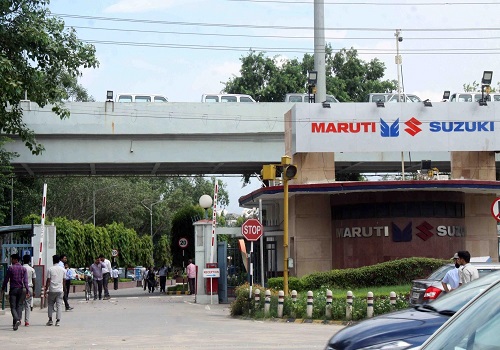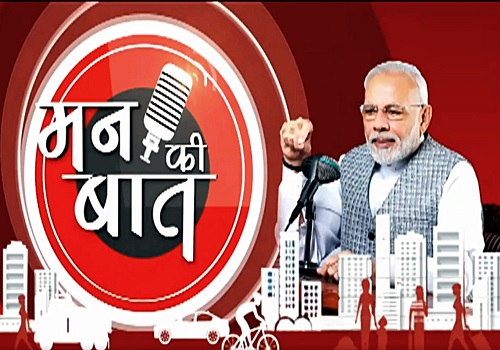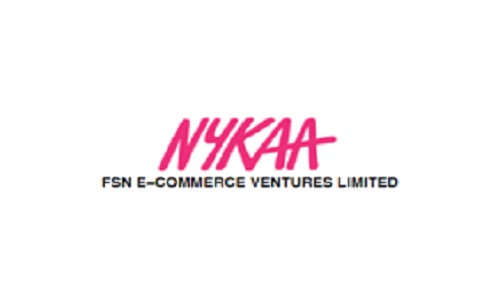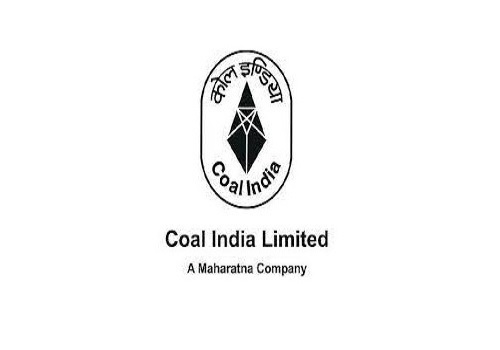Oil & Gas Sector Update - IEA expects ~2.5mmbpd of Russia’s oil exports to be hit By JM Financial
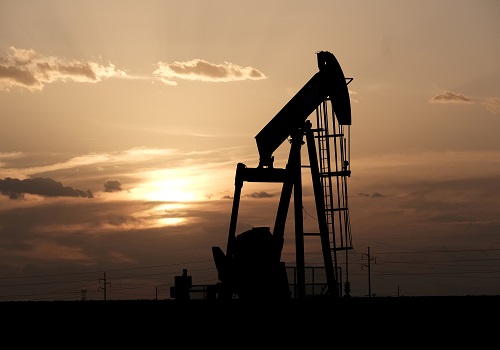
Follow us Now on Telegram ! Get daily 10 - 12 important updates on Business, Finance and Investment. Join our Telegram Channel
IEA expects ~2.5mmbpd of Russia’s oil exports to be hit
IEA has cut its CY22 global oil demand estimate for CY22 by a sharp 1.0mmbpd due to likely moderation in global economic growth on account of the surge in commodity prices and sanctions on Russia. IEA expects ~2.5mmbpd of Russia’s oil output to be shut from Apr’22 as sanctions leads to many buyers avoiding Russian crude. OPEC+ has spare capacity of ~5mmbpd (largely with Saudi Arabia and UAE) to partly offset the likely hit to Russia’s output; however OPEC+ is not willing to boost output. Further, any likely rise in output from Iran and Venenzuela is a few months away. Hence, crude price may stay supported in the near term amidst geopoltical uncertainty; IEA expects the current energy crisis to accelerate energy transition away from oil.
As highlighted in our earlier notes (in Jan’21, Sep’21, Feb’22, Mar’22), we reiterate BUY on ONGC (TP INR 230), Oil India (TP INR 300) and GAIL (TP INR 190) as they are the key beneficiaries of high crude prices. At CMP, ONGC/Oil India is discounting USD 60-65/bbl Brent — every USD 1/bbl rise in crude realisation implies a 2-4% increase in EPS of ONGC and Oil India. ONGC and Oil India will also benefit from the likely jump in domestic gas price in FY23. Moreover, higher crude price improves the earnings visibility for GAIL’s gas trading and downstream businesses. At current crude prices, OMCs need to hike diesel/petrol prices by INR 10-12/ltr; however, there is scope for an INR 6-8/ltr cut in excise duty while India's current petrol/diesel price is lower by INR 6-15/ltr vs. peak price on 3rd Nov'21
IEA cuts CY22 oil demand estimate by a sharp ~1.0mmbpd due to likely moderation in global economic growth: The IEA, in its Mar’22 Oil Market Report, has cut global oil demand estimate for CY22 by a sharp ~1.0mmbpd due to likely moderation in global economic growth on account of the surge in commodity prices and sanctions on Russia. Hence, IEA now expects CY22 demand to grow by 2.1mmbpd YoY to 99.6mmbpd. (Exhibit 1-2)
IEA expects ~2.5mmbpd of Russian oil exports to be hit from Apr’22; OPEC+ has spare capacity but not willing to offset the same: Russia’s crude output is ~10mmbpd, of which it exports ~8mmbpd (~5mmbpd crude and 3mmbpd oil products). IEA expects ~2.5mmbpd of Russia’s oil exports (1.5mmbpd of crude and 1mmbpd of oil products) to be shut from Apr’22 as sanctions leads to many buyers avoiding Russian crude. However, OPEC+ continues to stick to its plan of hiking output only by 0.4mmbpd per month and is so far not showing any willingness to boost output despite having spare capacity of ~5mmbpd (largely with Saudi Arabia and UAE). Further, despite some progress on revival of the Iran nuclear deal, any additional supplies from Iran could be a few months away (could potentially add ~1.2mmbpd to get to the pre-sanction level of 3.8mmbpd). Also, Venezuela could take 3-4 months to add ~0.2-0.3mmbpd if US sanctions are eased
OPEC+ output continues to lag targeted output by ~1.1mmbpd: In Feb’22, OPEC’s output was up 310kbpd MoM at 28.5mmbpd led by higher output by Saudi Arabia (up 130kbpd at 10.2mmbpd), Libya (up 160kbpd at 1.16mmbpd) and Iran (up 40kbpd at 2.56mmbpd); output declined in Nigeria (down 80kbpd MoM to 1.3mmbpd) and was steady in UAE (at 2.96mmbpd). OPEC+ compliance was at 139% in Feb’22; and the gap between OPEC+ output and its target hike is at a high 1.1mmbpd, further tightening the demand-supply balance (Exhibit 4-5).
OECD oil inventory continues to decline: By end-Jan’22, OECD’s oil inventory had declined 22mmbbl MoM to 2,621mmbbl, an 8-year low and 336mmbbl below the 5-year average; preliminary data for Feb’22 shows inventory fell by a further 30mmbbl MoM (Exhibit 3)
ONGC, Oil India and GAIL are key beneficiaries of high crude prices: We reiterate BUY on ONGC (TP INR 230), Oil India (TP INR 300) and GAIL (TP INR 185) as they are the key beneficiaries of rising crude prices. Every USD 1/bbl rise in crude price results in an increase in our valuation of ONGC and Oil India by 2-4% (Exhibit 10-11). Moreover, higher crude price improves the earnings visibility for GAIL’s gas trading and downstream businesses, which constitutes 40-50% of GAIL’s EBITDA (Exhibit 12). Further, as per our calculations, the domestic gas price is likely to jump sharply to +USD 6.0/mmbtu in 1HFY23 and to +USD 10/mmbtu in 2HFY23 (Exhibit 13). As highlighted in our Sep’21 note, higher domestic gas price is positive for gas producers - ONGC and Oil India; every 10% hike in domestic gas price has a positive impact of 2-5% on ONGC and Oil India’s valuation (Exhibit 14-15).
OMCs need to hike diesel/petrol prices by INR 10-12/ltr; scope for cut in excise duty by INR 6-8/ltr: At the current Brent price of ~USD 100/bbl and normalised petrol/diesel product crack of USD 17-18/bbl, OMCs need to hike diesel and petrol price by INR 11- 13/ltr to get to normalised gross margin (of INR 3.5/ltr). However, there is scope for a cut in excise duty as it is still higher by INR 6-8/ltr vs. pre-Covid levels. Further, India's current petrol/diesel price is lower by INR 6-15/ltr vs. peak price on 3rd Nov'21 (given excise duty cut on 4th Nov’21 by INR 10/ltr on Diesel and INR 5/ltr on Petrol, followed by a reduction in VAT by various states). (Exhibit 16-18)
To Read Complete Report & Disclaimer Click Here
Please refer disclaimer at https://www.jmfl.com/disclaimer
SEBI Registration Number is INM000010361
Above views are of the author and not of the website kindly read disclaimer
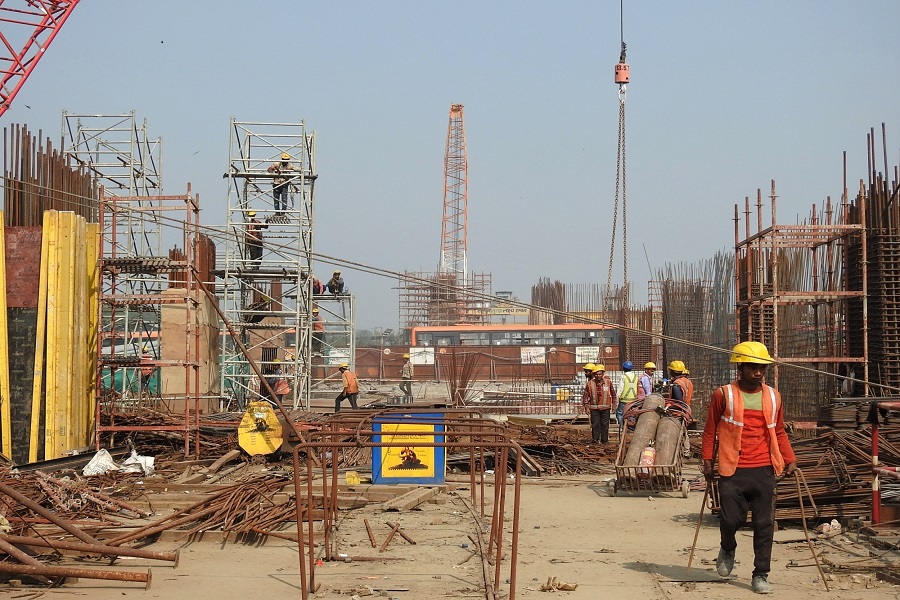


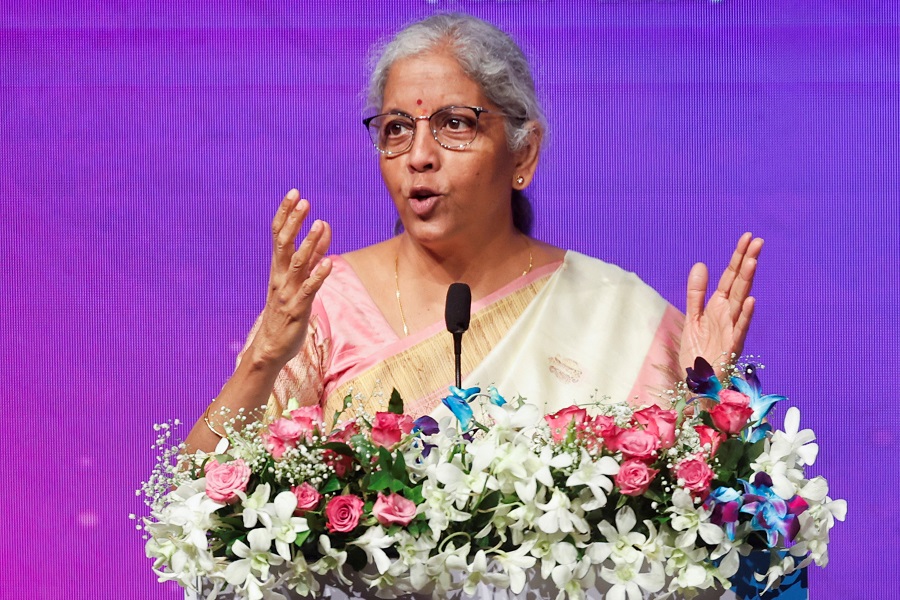
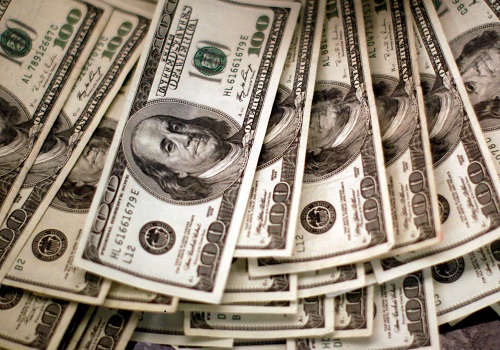




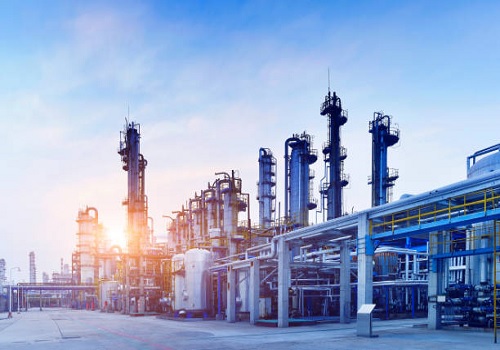
Tag News
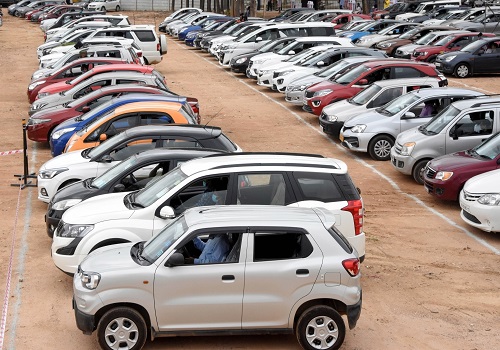
Monthly Auto Sector Update - Robust PV/CV demand; Tractor momentum continues; Entry-level 2...
More News
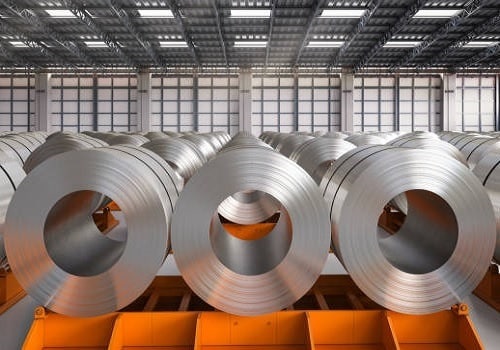
Metals Sector Update : Prices rise across products By ICICI Securities

